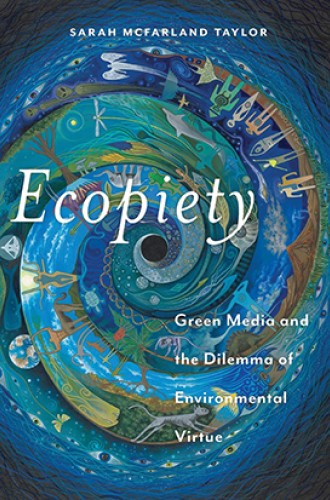My students increasingly express a deep weariness as they navigate their responses in the wake of climate injustice. As scientific facts multiply and historical injustices compound, litanies of loss weigh down people’s spirits. Our theological and moral dwellings are buried, it seems, and many feel too burdened to do the work of creatively transforming them. Stuck in that rut, what change could any of us conjure into the world, anyway?
The flip side of this exhaustion is an enlarged sense of moral responsibility for our effects on this planet. We think and act with growing awareness about food waste, water scarcity, and our animal and plant kin. We try to be conscious shoppers and watch our carbon footprints. Sometimes we feel pretty good about those choices. But it’s easy to feel like we’re wandering in a wilderness of stories, ads, and advice—not quite certain if we’re heading in the right direction.
Sarah McFarland Taylor wades into this messy space of felt eco-practice with wry humor and thorough clarity. Her writing helpfully names and explores the contemporary reality of what she calls ecopiety, “contemporary practices of environmental (or ‘green’) virtue, through daily, voluntary works of duty and obligation—from recycling drink containers and reducing packaging to taking shorter showers and purchasing green products.” A pervasive sense of ecopiety, she observes, focuses on individual ecological virtues and vices, convincing us that the best way to transform our current planetary challenges is through our own daily, “green” actions.






